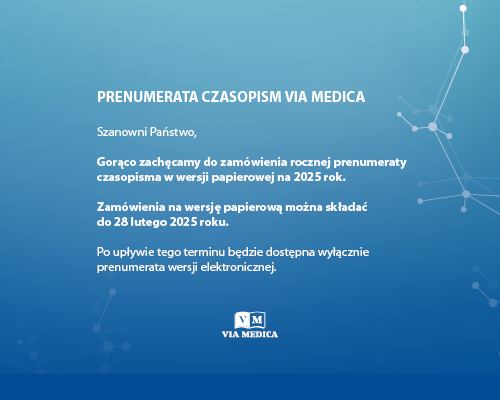Tom 13, Nr 2 (2020)
Artykuł przeglądowy
Opublikowany online: 2020-10-05
Wyświetlenia strony
454
Wyświetlenia/pobrania artykułu
621
Leukocytes and pathogen inactivation methods
Journal of Transfusion Medicine 2020;13(2):113-119.
Streszczenie
Transfusion of blood components with residual leukocytes may lead to a number of adverse reactions based on two separate immune-mediated mechanisms. Such complications include transfusion associated — graft versus host disease (TA-GvHD), febrile nonhemolytic transfusion reactions (FNHTRs), which are caused by release of cytokines and recipient alloimmunization with HLA antigens. This leads to anti-HLA antibody formation in the recipient and may induce refractory response to the transfused platelet concentrate (PC). To reduce the risk of transferring residual leukocytes with transfused blood components, for many years now various preparation methods have been applied, which contribute to reduction of white blood cell (WBC) count or to leukocyte inactivation. These include: leukoreduction, gamma irradiation and pathogen inactivation methods. Advancement of research on pathogen inactivation in blood components has demonstrated that some of the methods used for the routine pathogen inactivation in plasma and platelet concentrate (Mirasol®PRT system and Intercept) may also be effective for inactivation of T lymphocytes. These methods may therefore serve as alternative to irradiation. Also the inactivation method with UVC light when implemented into routine use, may replace the commonly used irradiator. Inactivation methods were found not only effective for protection against TA-GvHD, but also for inhibiting cytokine synthesis, primarily responsible for febrile nonhemolytic transfusion reactions.
Słowa kluczowe: leukocytespathogen inactivation methodsserious adverse reactions





